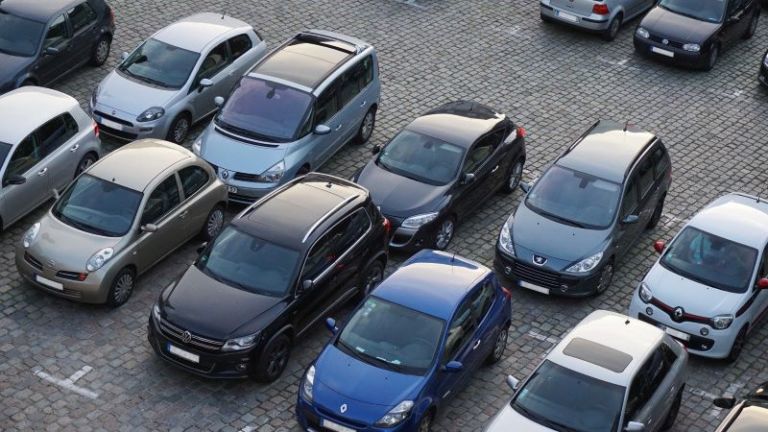Passenger car market slumps in the first half of the year

The German passenger car market fell to a new low in the first half of 2022. According to the Federal Motor Transport Authority, 1,238,000 new passenger cars were registered between January and June. This represents a drop of 11 percent compared with the same period last year. Passenger car sales in the first half of 2022 were thus only 28,000 units above the already very low level of the first half of 2020, which was marked by Corona and Lockdown.
In June alone, there was a drop of 18 percent to 224,600 new passenger car registrations. The market share of the VDIK members in the first six months of 2022 was around 40 percent (previous year: 39 percent).
Reinhard Zirpel, President of the Association of International Motor Vehicle Manufacturers (VDIK), stated: “The market development in the first half of 2022 has hit the passenger car manufacturers hard. Their hopes for a recovery after the weak previous year were disappointed. The market is still not driving in normal mode. This is because sales are not determined by demand, but by limited car production. However, an order backlog at record levels also provides cause for some cautious optimism. As soon as new vehicle availability improves, new registrations could pick up again significantly.”
Alternative drive systems
Sales of electric vehicles have declined only slightly since the beginning of the year (down 2 percent). However, differentiation is evident in new e-vehicle registrations: sales of plug-in hybrids fell by 15 percent to 138,900 units in the first half of the year. By contrast, purely battery-electric passenger cars have increased by 12 percent since the beginning of the year (167,200 units). This divergence in momentum between BEVs and plug-ins has been manifesting itself for several months.
In total, a good 550,000 new passenger cars with an alternative drive system have been registered so far in 2022. In addition to electric cars, these include hybrids with and without plugs, mild hybrids, gas-powered passenger cars and fuel cell vehicles. Overall, 45 percent of all new cars in Germany had an alternative drive system (H1 2021: 39 percent). The market for pure diesel passenger cars continued to decline. Between January and June, around 246,000 diesel passenger cars were newly registered, 22 percent fewer than in the same period of the previous year. The diesel share has thus fallen to 20 percent (H1 2021: 23 percent).
Commercial vehicles
The commercial vehicle market also recorded a significant drop of around 26 percent in June, with around 25,700 new registrations. In the first half of 2022, just under 150,500 commercial vehicles were newly registered, a drop of 19 percent.
| June | January – June | ||||
|---|---|---|---|---|---|
| +/- (%) | Share of total car market (%) |
+/- (%) | |||
| Passenger car | 224,600 | -18 | 1,238,000 | -11 | |
| – VDIK-brands | 88,600 | -23 | 39 | 491,200 | -10 |
| – german brands | 130,600 | -15 | 58 | 715,900 | -13 |
| – other brands | 5,400 | -11 | 2 | 30,900 | 34 |
| Electric vehicles (total) | 58,300 | -10 | 26 | 306,100 | -2 |
| – purely battery-powered | 32,100 | -4 | 14 | 167,200 | 13 |
| – plug-in-hybrids | 26,200 | -16 | 12 | 138,900 | -15 |
| Commercial vehicle | 25,700 | -26 | 150,500 | -19 | |
Source: KBA, VDIK